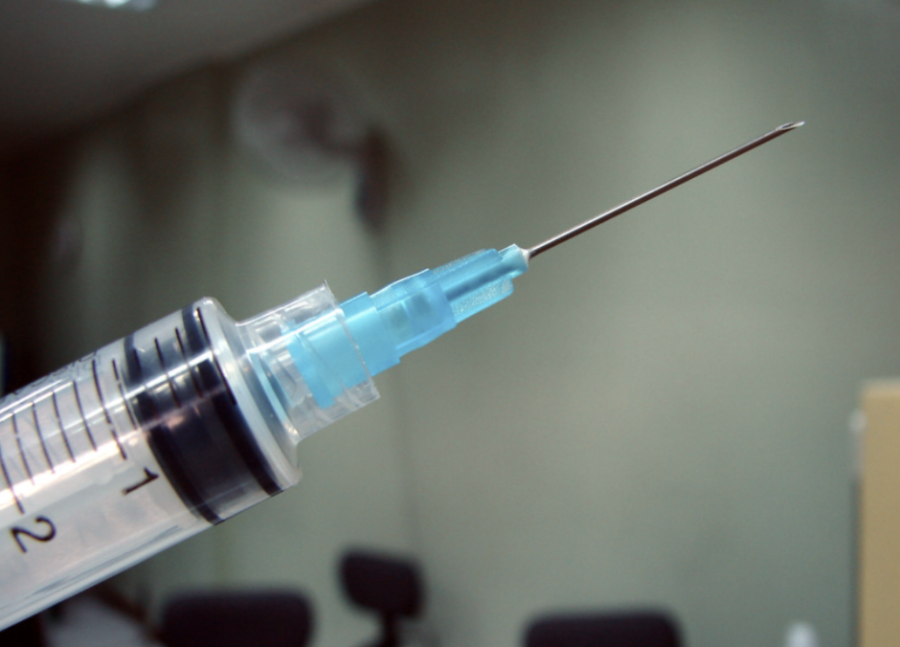Minkyu Kim, Ph.D., an assistant professor of material science and bioengineering at the University of Arizona, is developing novel techniques to deliver drugs that mimic red blood cell function. This development could improve efficiency of drug delivery and reduce costs as well as improve patient experience.
Starting with a background in mechanical engineering, Kim eventually found his way to the diverse field of material science, where he now studies the properties of microscopic proteins.
“We do a lot of collaboration … not only within the department, but also in completely different fields,” Kim said.
Kim’s current research is a great example of engineering coming together with the biological sciences.
RELATED: Researchers pinpoint a neural pathway involved in eating behaviors
He observed that many drugs that are currently used must be administered in massive amounts to ensure that they get past the body’s defense systems. Our kidneys and liver filter the blood to ensure no contaminants are circulating which could cause damage.
Let’s take a look at the treatment for atherosclerosis as an example. Atherosclerosis is a condition of the blood vessels where plaque builds up on their edges, according to Mayo Clinic. Plaque is made up of materials like cholesterol, which come from certain foods we eat. Over time, this results in a narrowing of the vessels and can be a contributing factor in heart disease and stroke.
One way this condition is treated by administering medications that target cholesterol, platelets etc. According to Kim, only 10% gets through to the target site, so they are usually administered in huge amounts. This means that you need to give the patient ten times the required amount just to the drug’s effect.
RELATED: ‘Tis the season for sun burns
Kim’s goal is to find a way to enable a drug to pass through the filter mechanisms of the body and deliver it to the target site. He proposes to do this by designing a protein structure with two features. The first features is that the protein structure can hold and release the drug when stretched. The second feature is that the protein structure is able to mimic a red blood cell’s ability to maintain its shape and function when compressed and stretched.
According to Kim, the protein structure will be injected into the patient with a given drug molecule nested within it. When the protein structure gets to the target area in the narrowed blood vessel, it changes shape and releases the drug. The theorized mechanism would be adaptive, meaning that a physician wouldn’t have to know what regions of the artery are partially obstructed; the narrowed vessel would cause the protein structure to change shape, triggering the release of the drug.
RELATED: UA receives grant for Project FUTRE
The question still remains: how does the protein structure get through the body’s filter mechanisms?
“I studied more and more and found out, it’s not just about the shape. [The proteins] need a very specific mechanical property,” Kim said.
According to Kim, the red blood cells are able to pass through the liver and kidneys undamaged because of their ability to have their shape changed without breaking. The proposed protein structure would possess this ability.
While this research is promising, it is still in the early stages. Kim’s theory has yet to be tested in practice. However, If it does work, this technology could be the beginning of an adaptive drug delivery technique that saves cost and discomfort for patients.
Follow the Daily Wildcat on Twitter









